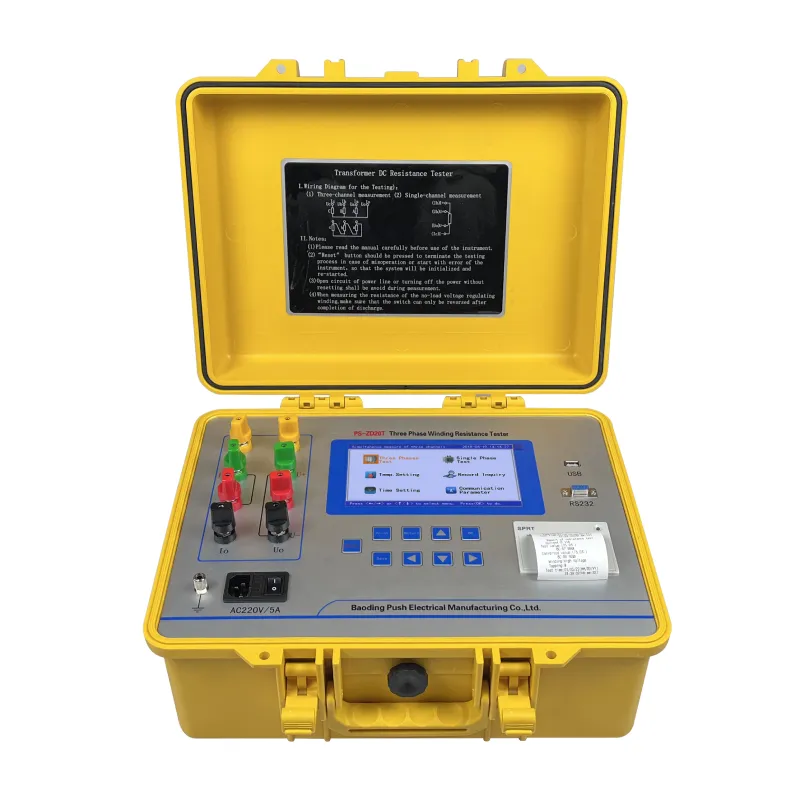 English
English



-
 Afrikaans
Afrikaans -
 Albanian
Albanian -
 Amharic
Amharic -
 Arabic
Arabic -
 Armenian
Armenian -
 Azerbaijani
Azerbaijani -
 Basque
Basque -
 Belarusian
Belarusian -
 Bengali
Bengali -
 Bosnian
Bosnian -
 Bulgarian
Bulgarian -
 Catalan
Catalan -
 Cebuano
Cebuano -
 China
China -
 China (Taiwan)
China (Taiwan) -
 Corsican
Corsican -
 Croatian
Croatian -
 Czech
Czech -
 Danish
Danish -
 Dutch
Dutch -
 English
English -
 Esperanto
Esperanto -
 Estonian
Estonian -
 Finnish
Finnish -
 French
French -
 Frisian
Frisian -
 Galician
Galician -
 Georgian
Georgian -
 German
German -
 Greek
Greek -
 Gujarati
Gujarati -
 Haitian Creole
Haitian Creole -
 hausa
hausa -
 hawaiian
hawaiian -
 Hebrew
Hebrew -
 Hindi
Hindi -
 Miao
Miao -
 Hungarian
Hungarian -
 Icelandic
Icelandic -
 igbo
igbo -
 Indonesian
Indonesian -
 irish
irish -
 Italian
Italian -
 Japanese
Japanese -
 Javanese
Javanese -
 Kannada
Kannada -
 kazakh
kazakh -
 Khmer
Khmer -
 Rwandese
Rwandese -
 Korean
Korean -
 Kurdish
Kurdish -
 Kyrgyz
Kyrgyz -
 Lao
Lao -
 Latin
Latin -
 Latvian
Latvian -
 Lithuanian
Lithuanian -
 Luxembourgish
Luxembourgish -
 Macedonian
Macedonian -
 Malgashi
Malgashi -
 Malay
Malay -
 Malayalam
Malayalam -
 Maltese
Maltese -
 Maori
Maori -
 Marathi
Marathi -
 Mongolian
Mongolian -
 Myanmar
Myanmar -
 Nepali
Nepali -
 Norwegian
Norwegian -
 Norwegian
Norwegian -
 Occitan
Occitan -
 Pashto
Pashto -
 Persian
Persian -
 Polish
Polish -
 Portuguese
Portuguese -
 Punjabi
Punjabi -
 Romanian
Romanian -
 Russian
Russian -
 Samoan
Samoan -
 Scottish Gaelic
Scottish Gaelic -
 Serbian
Serbian -
 Sesotho
Sesotho -
 Shona
Shona -
 Sindhi
Sindhi -
 Sinhala
Sinhala -
 Slovak
Slovak -
 Slovenian
Slovenian -
 Somali
Somali -
 Spanish
Spanish -
 Sundanese
Sundanese -
 Swahili
Swahili -
 Swedish
Swedish -
 Tagalog
Tagalog -
 Tajik
Tajik -
 Tamil
Tamil -
 Tatar
Tatar -
 Telugu
Telugu -
 Thai
Thai -
 Turkish
Turkish -
 Turkmen
Turkmen -
 Ukrainian
Ukrainian -
 Urdu
Urdu -
 Uighur
Uighur -
 Uzbek
Uzbek -
 Vietnamese
Vietnamese -
 Welsh
Welsh -
 Bantu
Bantu -
 Yiddish
Yiddish -
 Yoruba
Yoruba -
 Zulu
Zulu
CT Patient Analyzer for Enhanced Diagnostic Accuracy and Workflow Efficiency
Understanding CT PT Analyzer A Comprehensive Overview
In the world of data analytics and performance evaluation, the CT PT analyzer has emerged as a crucial tool for organizations seeking to improve their operational efficiency. This analyzer is designed to specifically assess various performance metrics related to business processes and technology implementations. By analyzing CT (Cycle Time) and PT (Process Time), the tool provides critical insights into how well an organization is performing in its chosen field.
What is CT PT Analysis?
CT PT analysis focuses on two key metrics Cycle Time and Process Time. Cycle Time refers to the total time taken from the start of a process to its completion, while Process Time refers to the actual time spent on the activities involved in that process. By comparing these two metrics, organizations can gain a deeper understanding of their operational flow.
A high Cycle Time coupled with a low Process Time may indicate inefficiencies in the overall workflow, possibly due to delays, bottlenecks, or unnecessary waiting times. Conversely, a balanced relationship between these two metrics can reflect well-managed processes that contribute to overall productivity and efficiency.
Importance of CT PT Analyzer
1. Identifying Bottlenecks One of the primary benefits of utilizing the CT PT analyzer is its capability to pinpoint bottlenecks in business processes. By breaking down Cycle Time and Process Time, organizations can identify steps that take longer than necessary and make data-driven decisions to streamline operations.
2. Enhancing Productivity By regularly monitoring these metrics, companies can identify trends and patterns that may affect productivity. The CT PT analyzer allows management to make informed adjustments to their processes, leading to improved efficiency and output.
ct pt analyzer

3. Resource Allocation Understanding how Cycle Time and Process Time correlate can also inform better resource allocation. Organizations can determine where their resources are being underutilized or overburdened, enabling them to optimize staffing and equipment usage for maximum impact.
4. Facilitating Continuous Improvement The data derived from CT PT analysis supports a culture of continuous improvement. Organizations can implement changes based on analytical insights, measure the outcomes, and refine their processes in an iterative manner.
Implementing the CT PT Analyzer
To successfully implement the CT PT analyzer, organizations should begin by setting clear metrics and established benchmarks against which performance can be measured. Data collection is a crucial first step; tools like digital dashboards or automated data capture systems can facilitate accurate and timely data gathering.
After collecting the data, it is essential to regularly analyze and review it. Establishing a routine review process allows managers and teams to remain agile, responding to challenges proactively rather than reactively.
Conclusion
The CT PT analyzer is more than just a set of analytical tools; it represents a strategic approach to understanding and enhancing operational efficiency. By focusing on the relationship between Cycle Time and Process Time, organizations can gain valuable insights that drive improved productivity and resource optimization. The ability to identify bottlenecks, allocate resources effectively, and foster a culture of continuous improvement can ultimately lead to better performance and a competitive advantage in today’s fast-paced business environment. As businesses evolve, integrating data-driven tools like the CT PT analyzer will be essential for sustaining growth and achieving success.
-
Testing Equipment Industry Sees Major Advancements in 2025: Smart & Precision Technologies Lead the WayNewsJun.06,2025
-
Applications of Direct Current Generators in Renewable Energy SystemsNewsJun.05,2025
-
Hipot Tester Calibration and Accuracy GuidelinesNewsJun.05,2025
-
Digital Circuit Breaker Analyzer Features and BenefitsNewsJun.05,2025
-
Benefits of Real-Time Power Quality Monitoring Devices for Industrial EfficiencyNewsJun.05,2025
-
Earth Fault Loop Testing in High-Rise Building Electrical SystemsNewsJun.05,2025



